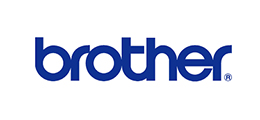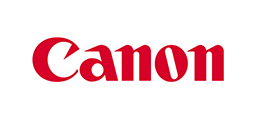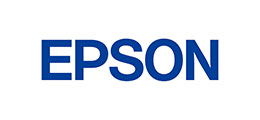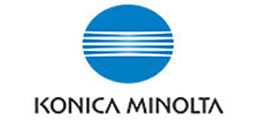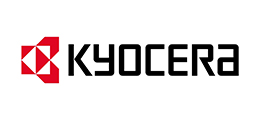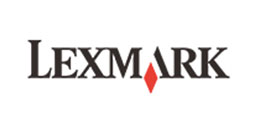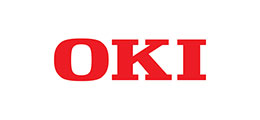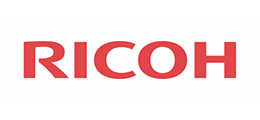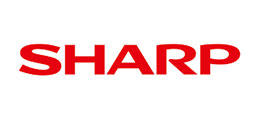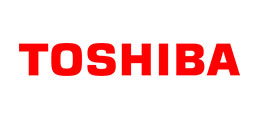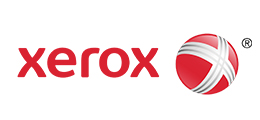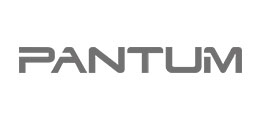When it comes to maintaining optimal printer performance, the choice between compatible toner cartridges and OEM toner is crucial. OEM (Original Equipment Manufacturer) toner cartridges are produced by the printer’s brand itself, ensuring perfect compatibility and consistently high-quality prints. On the other hand, compatible toner cartridges are third-party products designed to fit specific printers, often at a fraction of the price.
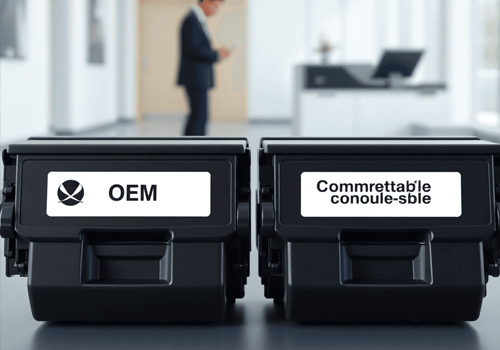
Key differences include:
- Quality Assurance: OEM toners guarantee top-notch quality and reliability, while compatible toners may vary significantly in performance.
- Cost Efficiency: Compatible toner cartridges offer a lower-cost alternative but can introduce risks such as inconsistent print quality and potential printer issues.
The truth about compatible vs. OEM toner lies in understanding these trade-offs. This article will guide you through everything you need to know, helping you make an informed decision tailored to your printing needs.
The Rise of Compatible Toner Cartridges
Compatible toner cartridges are third-party products designed to work with specific printer models. Unlike OEM cartridges, which come directly from the printer’s manufacturer, these alternatives are made by independent companies aiming to offer a more affordable solution for users. They closely resemble the original cartridges in design, ensuring a proper fit and functionality within your printer.
Several factors have contributed to the rise of compatible toner cartridges:
- Cost Savings: One of the main reasons people choose compatible toners is because they are cheaper. Compatible toners often cost much less than OEM options, making them a great choice for consumers on a budget.
- Accessibility: There are many third-party brands selling toner cartridges, so it’s easy to find these types of cartridges both online and in stores.
While looking for alternatives, it’s important to also consider remanufactured toners. These involve recycling used cartridges by cleaning and refilling them for reuse. Although they have similar cost benefits as compatible toners, they also come with risks such as potential defects and reduced reliability.
Knowing about these different types of toner cartridges can help you make better decisions based on your printing needs and budget limitations. As you think about your choices, weighing the advantages and disadvantages of each option can lead you to the best decision for both home and business use.
Pros and Cons of Using Compatible Toner Cartridges
Pros: Cost Savings and Affordability
Compatible toner cartridges are often celebrated for their cost savings. These third-party alternatives can significantly reduce your printing expenses, making them an affordable printing solution for both individuals and businesses. The price difference is especially noticeable when compared to original equipment manufacturer (OEM) toners, which tend to be more expensive because they are produced by the printer’s brand itself. For those who engage in high-volume printing, such as small businesses or busy home offices, compatible toners offer an attractive option to manage costs without sacrificing functionality.
Cons: Variability in Quality
This is where the potential downside emerges: variability in quality among different brands. Some compatible toners replicate the performance of OEM cartridges quite closely, while others might fall short. This inconsistency can lead to print quality issues, such as streaks, faded prints, or even smudging. Users need to be aware that although they are opting for a budget-friendly alternative, there is a risk of encountering subpar outputs.
Cons: Reliability Concerns
The question of reliability is another important factor when considering compatible toner cartridges. While many users report satisfactory experiences with these products, there remains a risk of reliability concerns. Some compatible toners may not last as long as their OEM counterparts, leading to more frequent replacements and potentially higher costs over time. Additionally, there’s a chance that using non-OEM products could void your printer’s warranty or cause damage due to leakage or other malfunctions.
These pros and cons highlight the essential considerations when choosing between compatible and OEM toner cartridges. Balancing cost savings with potential risks in quality and reliability is crucial for making an informed decision tailored to specific printing needs.
Making an Informed Decision: Compatible vs. OEM Toners
When evaluating toner options, understanding the balance between budget and quality is crucial for making informed purchasing decisions. This toner selection guide will help you navigate the truth about compatible vs. OEM toner cartridges.
Factors to Consider:
- Budget Constraints: Compatible toners are often a fraction of the cost of OEM cartridges. For those prioritizing immediate cost savings, especially in high-volume printing environments, compatible options might be enticing.
- Quality Expectations: If print quality is paramount, such as in professional settings requiring sharp text and vibrant images, OEM toners generally outperform compatibles.
- Printer Compatibility: While compatible toners are designed for specific printer models, there’s always a risk of mismatches leading to printer issues or voided warranties.
Recommendations Based on User Needs:
- Home Office Users: For personal or small business use where budget is tight, compatible toners may suffice, especially if print quality can occasionally fluctuate without major impact.
- Commercial Use: In larger enterprises or environments where impeccable print quality and reliability are non-negotiable, investing in OEM toners is advisable despite the higher upfront cost.
Selecting the right toner involves weighing these considerations carefully to fit your specific printing needs. It’s also worth exploring the different types of printer toners available and how to choose the best one for your requirements, such as those outlined in this guide.
Conclusion: Choosing Wisely for Your Printing Needs
Balancing cost savings with quality is crucial when navigating the toner choice landscape. The Truth About Compatible vs. OEM Toner lies in assessing your priorities: budget constraints versus the demand for consistent quality.
- Explore options: Delve into both compatible and OEM toner choices to identify what aligns best with your needs.
- Be an informed consumer; understanding these dynamics empowers you to make sound decisions.
Taking the time to explore these paths ensures that your selection meets both financial and performance expectations.
FAQs (Frequently Asked Questions)
What are the main differences between compatible and OEM toner cartridges?
Compatible toner cartridges are third-party products designed to work with specific printers, while OEM (Original Equipment Manufacturer) toners are made by the printer manufacturer. The key difference lies in their production, pricing, and sometimes print quality.
What are the benefits of using compatible toner cartridges?
Compatible toner cartridges typically offer lower costs compared to OEM toners, making them an affordable printing solution for high-volume printing needs. They can provide significant savings for both home offices and businesses.
Are there any drawbacks to using compatible toner cartridges?
Yes, there can be variability in quality among different brands of compatible toners. Users may experience inconsistent print quality and reliability issues, which can affect overall printer performance.
How do I decide between compatible and OEM toners for my printing needs?
When choosing between compatible and OEM toners, consider factors such as your budget versus your quality requirements. For home office use, compatible toners may be sufficient, while commercial users may prefer the reliability of OEM options.
What should I keep in mind when purchasing toner cartridges?
It’s important to explore both compatible and OEM toner options before making a purchase. Assess your specific needs, including print volume and quality expectations, to make an informed decision that balances cost savings with performance.
Can remanufactured toners be considered a viable alternative?
Yes, remanufactured toners are another alternative to consider. They are recycled OEM cartridges that have been refurbished and refilled. Like compatible toners, they can offer cost savings but may also have varying quality.

